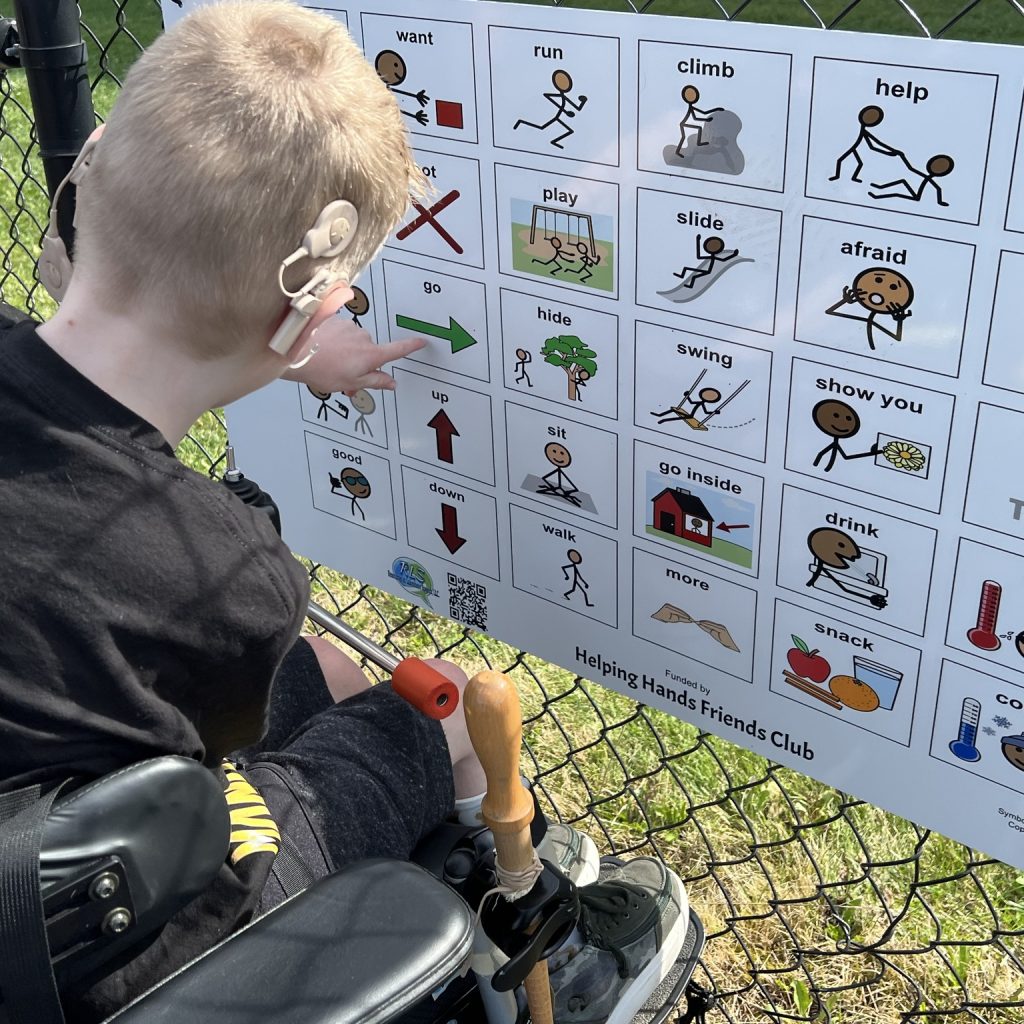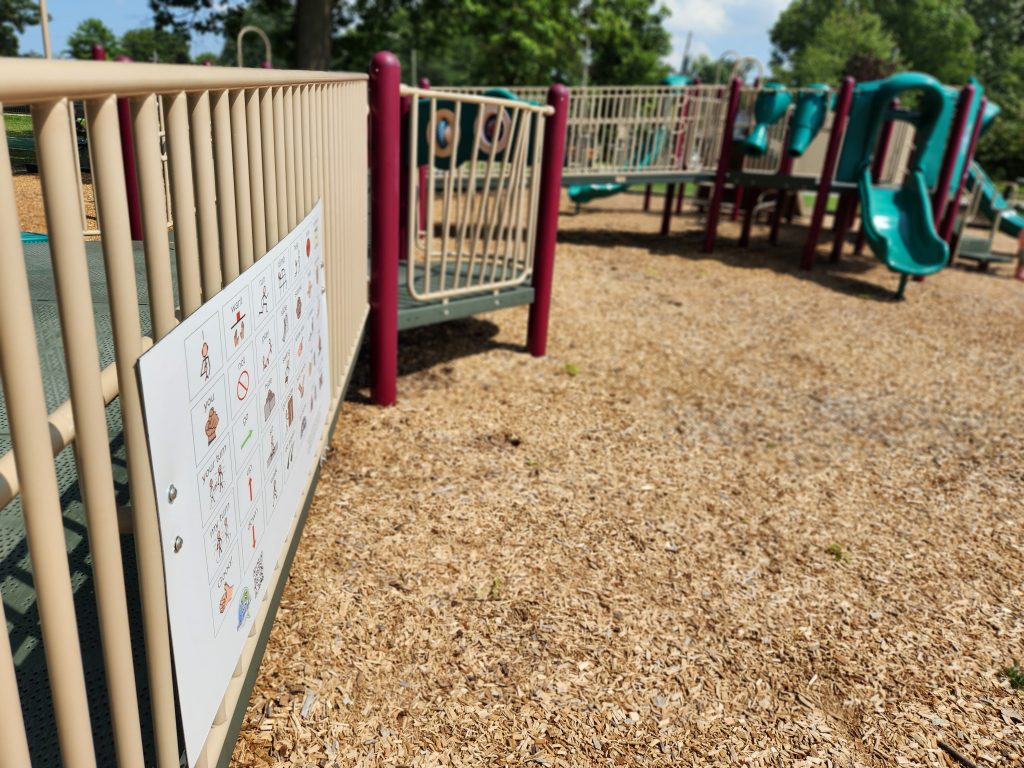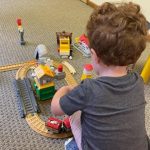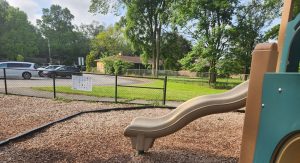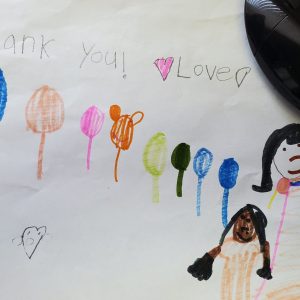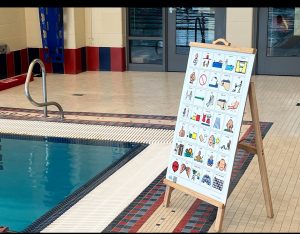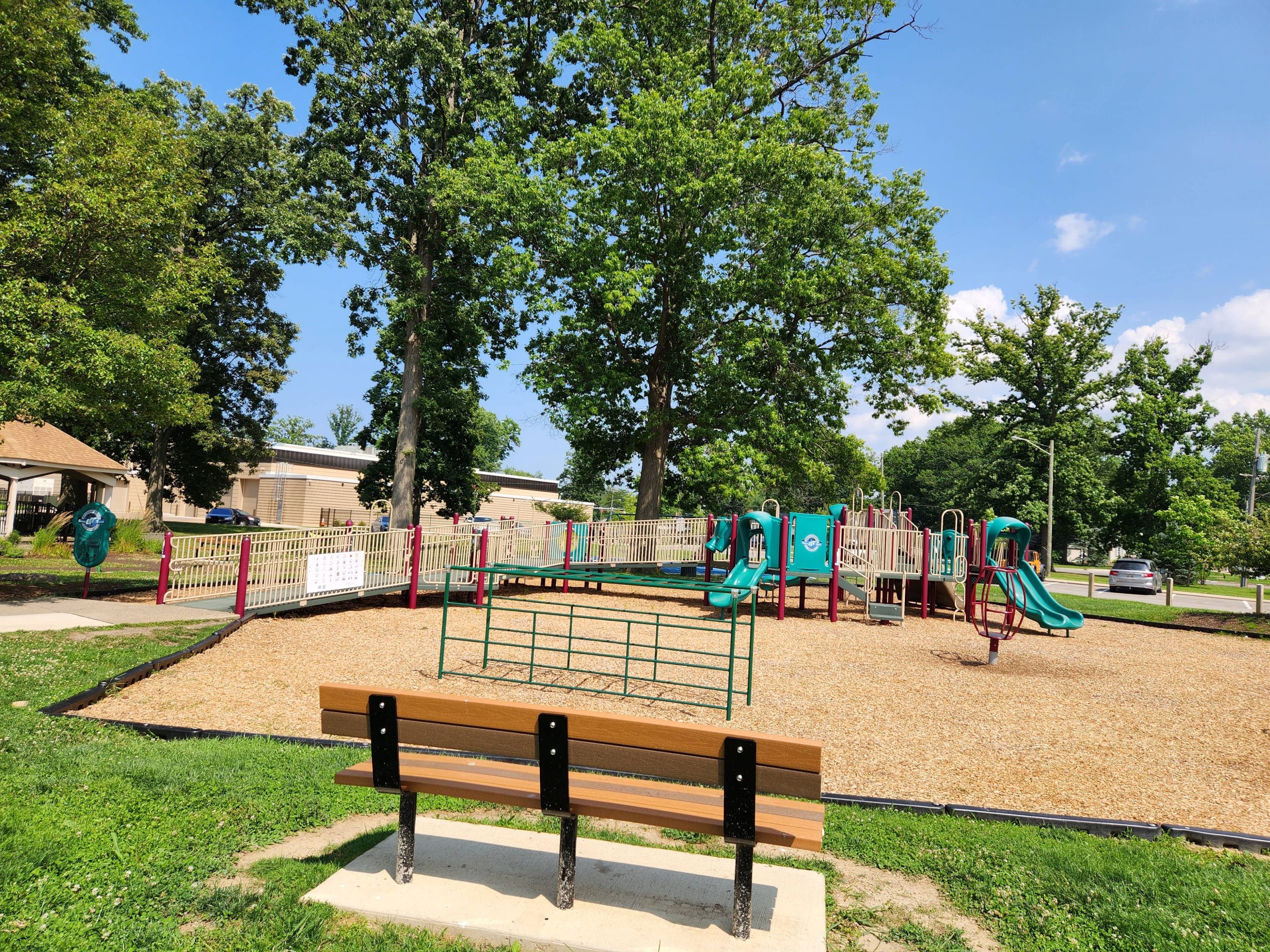
Playgrounds hold a special place in childhood memories, serving as spaces for laughter, friendships, and imagination. However, the reality is that not all children have equal access to the joys of play. To build a truly inclusive society, it’s crucial to design playgrounds that cater to the diverse needs of every child. In this blog post, we’ll look into the concept of inclusive play, backed by statistical insights.
Understanding Inclusive Play
Inclusive play aims to create environments where children of all abilities, backgrounds, and ages can engage in play without facing barriers. Beyond physical accessibility, it encompasses social, emotional, communicative and cognitive inclusivity. Statistical data reinforces the importance of this endeavor, highlighting the disparities in playground accessibility and the positive impact of inclusive design.
Key Elements of Inclusive Playgrounds
Accessible Design
According to the Centers for Disease Control and Prevention (CDC), about 1 in 4 U.S. adults have some form of disability. Designing accessible pathways ensures that all children, regardless of their mobility challenges, can navigate the playground seamlessly.
Inclusive Equipment
The National Center on Health, Physical Activity, and Disability (NCHPAD) reports that 1 in 6 children in the U.S. has a developmental disability. Including diverse swings and sensory-rich elements addresses the varied needs of children with different abilities.
Social Inclusivity
Studies by the World Health Organization (WHO) emphasize the importance of social interaction for child development. Designing open spaces for group activities promotes social inclusivity among children.
Communication Boards
The American Speech-Language-Hearing Association (ASHA) estimates that approximately 7.7% of children in the U.S. have communication disorders, emphasizing the significance of tools like communication boards.
Communication boards play a crucial role in fostering inclusivity by providing a means of expression for individuals with communication differences.
Education and Awareness
According to UNICEF, an estimated 93 million children globally live with a moderate or severe disability. Workshops and awareness campaigns become essential tools in fostering understanding and acceptance within communities.
Conclusion
Statistical insights underscore the urgency of creating inclusive playgrounds as a collective effort involving communities, designers, and policymakers. By prioritizing inclusivity in playground design and integrating communication boards, we actively address the disparities that exist. Let’s leverage these statistics and innovative tools like communication boards as catalysts for change, building playgrounds that shape childhood memories for every child and fostering a sense of welcome, value, and inclusion.
